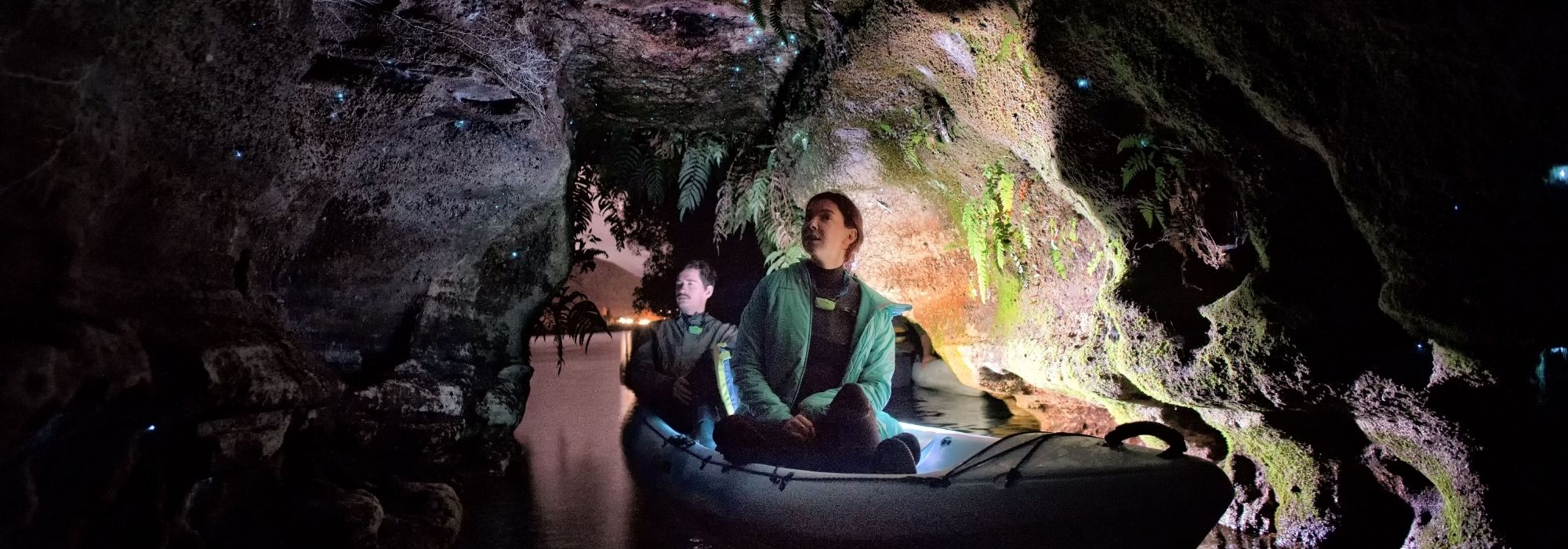Continuing the international travel theme from the last post, here we dive into arrivals data at Rotorua’s main means of connection to the rest of the world; Auckland Airport. We also look at airline capacity across New Zealand.
Auckland airport arrivals
For Rotorua tourism operators, Auckland Airport arrivals are of particular interest given our proximity to New Zealand’s main airport. So let’s take a look at some of these numbers.
In July (the last full month of data), there were 216k arrivals into the Auckland Airport, a healthy 48% of pre-covid numbers. Breaking these numbers down, the NZ / non-NZ split was 60:40, a reflection of the large number of Kiwis returning to visit friends and family. In pre-covid times, this ratio was closer to 50:50, so a different dynamic.
One thing to keep an eye on is that we are seeing more departures than arrivals, although not by a significant margin. Auckland Airport departures data showed 226k departures in July, at levels of 54% pre-covid. The third chart below shows that this deficit is largely caused by Kiwis leaving the country, although this appears to have slowed in August. The reason this may be important is the potential cannabalisation of domestic tourism by outbound tourism and also the fact that long-term, Kiwis moving overseas shrinks the overall domestic base.
Visitor demographics
Where they’re coming from
What they’re doing here
How long they’re staying
More than 60% of visitor arrivals are planning to stay for over a week, and of that, more than half are staying for two or more weeks. We can see that by overlaying the purpose of visit with length of visit, that VFR in particular are likely to spend a good amount of time in our country - hopefully getting out and exploring.
Airline capacity data
The chart below considers international airline capacity across all of New Zealand from key destinations; Australia and North America and at a total level versus 2019.
As at the current month (August), we are 40-60% below 2019 capacity but the trend indicates that by early next year, North America will basically be back to 2019 levels and at a total level, we will likely be at 22% lower than pre-covid levels.
So what does this all mean for Rotorua?
Time will tell but indications are looking good that international travel is ramping back up. Auckland Airport arrival data shows that we are at 50% of pre-covid levels, with lots of these people staying in the country for some time - no doubt many of them with Rotorua on their itinerary. With airline capacity building rapidly into early next year, we will likely see a greater number of internationals hitting our hotspots. The mobile phone and credit card spend data presented in the previous post will be key measures to track if Rotorua visitation and spend continue to grow in line with visitor arrivals.
At RotoruaNZ, we’ll be keeping a very close eye on this data and keeping you updated. For those more data savvy folk, I encourage you to check out MBIE’s Tourism Recovery Dashboard, which has all the latest intel.
Remember to get in touch with us at insights@rotoruanz.com for any feedback.



